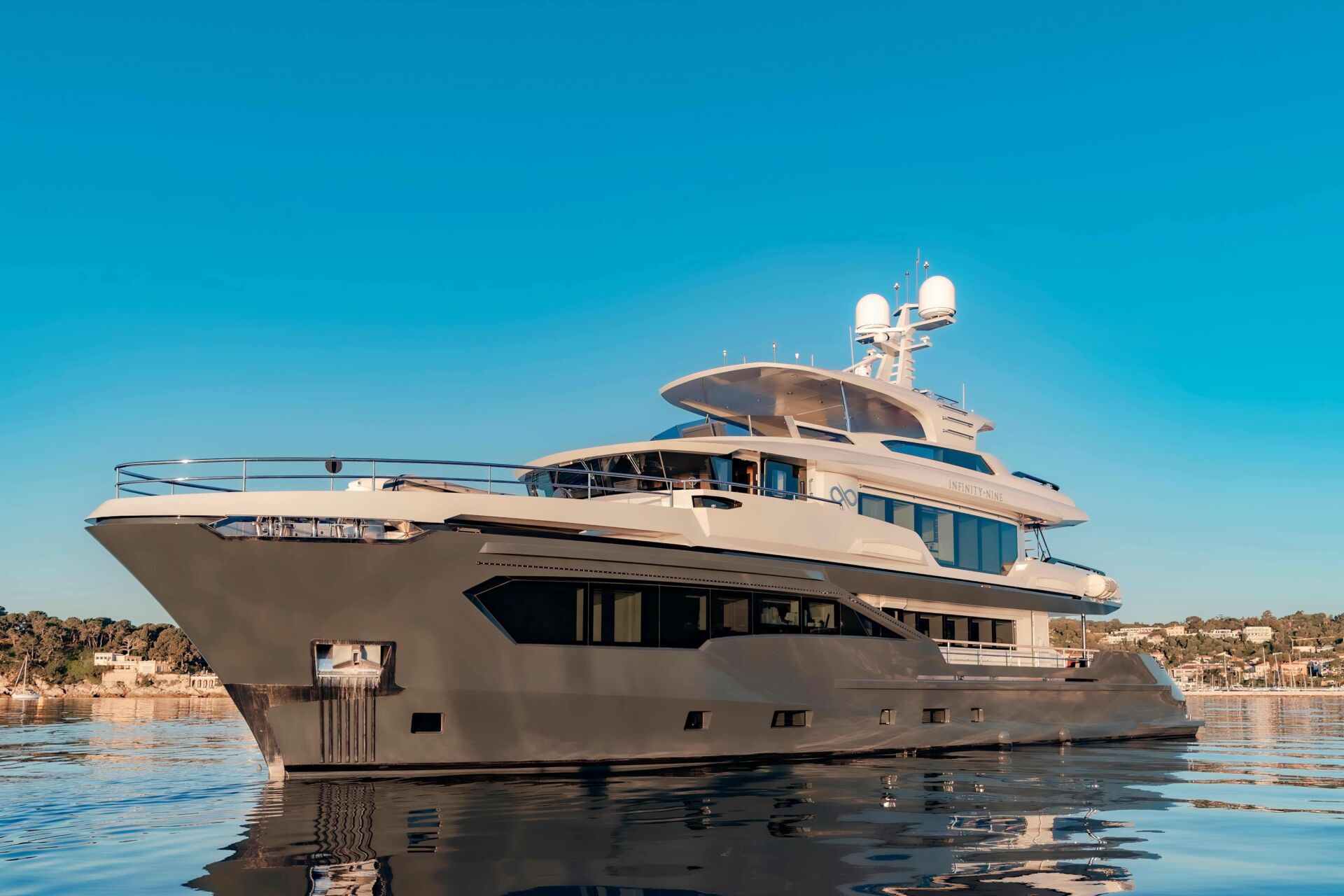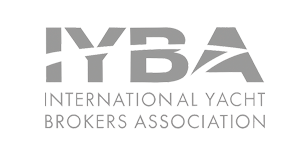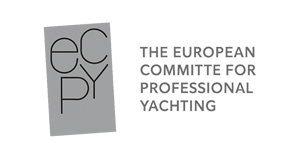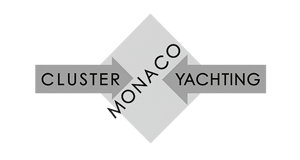Owning a yacht for charter combines personal leisure with potential financial returns. With the global yacht charter market projected to reach £15.2 billion by 2027 and grow at 5.8% through 2028 – strategic ownership can transform a luxury asset into a revenue-generating venture. This guide examines how to transform your yacht ownership into a viable charter investment, covering charter fees, operational costs, and essential maintenance considerations for success. Our team of sales brokers, charter and yacht managers can help guide you in any and every step of the way.
Why Consider Owning a Yacht to Charter?
Purchasing a yacht for charter can help offset ownership costs while generating income. Unlike private ownership, chartering allows owners to cut down on maintenance expenses through charter income, particularly when managed professionally. Collaborating with a yacht management company like Yachtzoo often leads to higher charter rates and operational efficiency. The average charter yacht can achieve 12-20 weeks of annual bookings if based in prime locations and with a flexible open calendar. Professional management companies typically retain 20-30% of charter fees, leaving owners with substantial income to offset their ownership costs.
Buying a Boat for Charter – What You Need to Know
Steps to acquiring a charter Yacht
- Define your purpose: Choose between motor yachts, sailboats, or catamarans based on your preferences and the potential target clientele.
- Assess the yacht’s condition: Newer yachts typically command higher charter rates, while older vessels may require refurbishment investments but can offer proven charter records and pre-existing popularity.
- Budget planning: Account for the purchase price, crew salaries, insurance, dockage fees, compliance with safety regulations and also marketing costs to help make your yacht well-known in the charter world.
Operational factors
The yacht’s age and refit history will impact the charter price point and future maintenance required. The aesthetics and amenities (e.g. stabilizers, spa, water toys etc) can significantly increase the charter pool of clients of your yacht.
The cruising locations offered will influence profitability. Basing your yacht in a charter hotspot (e.g., Mediterranean, Caribbean) will increase the demand, and offering dynamic pricing and possible relocations in less chartered waters during your calendar gaps may increase your total of weeks of charter booked for the year.
Certain requirements will impact the yacht’s operational flexibility and require careful consideration before being implemented: Ownership structure, flag registration, charter compliance, insurance conditions and local maritime laws.
Crew is key to reputation and repeat clients. A professional, well-trained, and personable crew not only ensures the safety and smooth running of onboard operations but also elevates the guest experience – often becoming a decisive factor in securing repeat charters and positive word-of-mouth referrals.
Offering a Yacht for Charter – The Business Side
Placing your yacht on the charter market is a smart way to generate revenue and offset ownership costs, but it requires a strategic approach. Working with an experienced yacht management company or charter broker is essential to ensure compliance, streamline operations, and reach the right clientele. The location where your yacht is based plays a critical role in its success—charter hotspots like the Mediterranean or Caribbean tend to attract higher demand and better weekly rates. Your yacht’s flag state and compliance with local regulations can also impact where and how it may legally operate.
Almost all luxury yacht charters today are crewed, where a professional year-round crew is included to provide full service, safety, and elevate guest experience. This is the preferred model for high-end clients and also the most common in the industry. Making your yacht stand out means showcasing its unique features, amenities, and most importantly, the quality of its crew—who are often the key to guest satisfaction, repeat business, and glowing charter reviews..
The Costs of Owning and Maintaining a Charter Yacht
While offering your yacht for charter can help generate income, it’s important to understand the ongoing costs involved in keeping it charter-ready. Ownership expenses extend well beyond the initial purchase and include annual operating costs such as crew salaries, fuel, insurance, marina fees, and compliance-related documentation. On top of that, charter-specific costs – like marketing fees, charter management commissions, and guest provisioning – need to be factored in.
One of the biggest determinants of your yacht’s charter success is its condition; a well-maintained yacht not only runs more efficiently but also commands higher charter rates and earns better guest feedback. Regular maintenance is essential, including timely servicing of the engines and mechanical systems, replacing worn or broken equipment, and ensuring the yacht is consistently well-presented and fully stocked for each charter. Investing in upkeep is not just a matter of safety or appearance – it’s a key part of protecting your asset and maintaining profitability over time.
| Expense Category | Details |
| Initial Costs | Purchase price, registration, safety upgrades |
| Ongoing Costs | Fuel, insurance, crew salaries, dockage, marketing |
| Maintenance | Engine servicing, hull cleaning, interior refurbishment |
Finding the Perfect Yacht for Charter
Choosing the right yacht is one of the most important decisions before entering the charter market. Whether you’re looking to purchase a pre-owned charter yacht or considering a new build, each option offers distinct advantages. Charter yachts already in operation often come with a proven track record, established client base, and necessary certifications, making them attractive for immediate return on investment. On the other hand, commissioning a new yacht allows for full customization to suit charter trends and client preferences.
Attending international boat shows with your broker is a valuable way to view a wide range of yachts, and get a firsthand sense of layout, build quality, and onboard amenities. It’s also worth exploring global markets—regions like Europe, the U.S., and Asia can offer varying inventories and pricing, depending on the type and age of yacht you’re looking for. Working with a knowledgeable brokerage house like Yachtzoo can help you identify the best opportunities worldwide and guide you toward a vessel which aligns with your charter goals and operational plans.
Frequently Asked Questions About Owning a Yacht to Charter
What Are the Different Types of Yachts for Charter?
There are several types of yachts available for charter, each catering to different styles of cruising and guest expectations. Motor yachts are the most popular choice for luxury charters, offering speed, stability, and spacious layouts—ideal for entertaining and accessing multiple destinations in comfort. Sailing yachts appeal to those who enjoy a more traditional and eco-conscious experience, often with lower fuel costs but more reliance on weather conditions. Classic yachts offer vintage charm and elegance, attracting niche clients, though they may involve higher maintenance costs and limited modern amenities. Explorer yachts are designed for long-range cruising and off-the-beaten-path adventures, with rugged builds and extensive storage for tenders and toys—perfect for charterers looking for something unique, though typically requiring higher operating budgets. Other categories include catamarans for added stability and space, or support vessels for additional guest or equipment capacity.
For owners, the right choice depends on your preference, target clientele, operational goals, and willingness to invest in upkeep and crew training specific to each yacht type.
What Are the Initial Costs of Buying a Yacht for Charter?
When entering the charter market, the initial cost of acquiring a yacht is just the beginning. Beyond the purchase price, buyers must account for upfront expenses such as surveys, legal fees, registration, and taxes. Preparing a yacht for charter also involves significant setup costs—this may include refurbishing interiors, upgrading safety equipment, and installing amenities that appeal to charter guests.
Additional investments include hiring a qualified crew, provisioning, insuring the vessel, and ensuring it complies with charter regulations and is seaworthy. A well-prepared yacht not only meets legal standards but also stands out in a competitive market, setting the foundation for future profitability
How Can a Charter Yacht Be Profitable?
Potential profitability in the yacht charter market relies on a strategic combination of smart operations, effective marketing, and flexible planning. Working with an established charter company as a central agent helps streamline the entire process, maintaining regulatory compliance, and connect with a global brokerage and client base.
Maximizing exposure through high-quality imagery, targeted promotions, and strong broker relationships is essential. Offering the yacht in popular cruising grounds during peak seasons—while considering relocations to less-chartered destinations during quieter months—can help increase your annual bookings. Profit is also influenced by managing operational costs, delivering exceptional guest experiences, and building a reputation that drives repeat business and referrals.
How Do You Keep a Yacht in Top Condition for Chartering?
Maintaining a yacht in pristine condition is key to securing consistent charter bookings and commanding top-tier rates. This involves professional year-round crew, regular upkeep of systems and interiors, as well as replacing any worn parts swiftly and keeping the yacht immaculately presented. Working with a professional yacht management company ensures the maintenance is scheduled efficiently in conjunction with your captain, repairs are handled promptly, and regulatory compliance is continuously met.
Preventative care – paired with careful planning around usage and wear—helps preserve the yacht’s value while avoiding costly downtime. A well-managed, spotless yacht not only attracts more charterers but also protects the long-term value of your investment.
Conclusion
Owning a charter yacht demands strategic planning but offers dual benefits of personal use and income generation. Success hinges on selecting the right vessel, maintaining rigorous upkeep, and collaborating with experienced charter companies. For those prepared to navigate these requirements, yacht chartering presents a viable pathway to long-term maritime investment.







